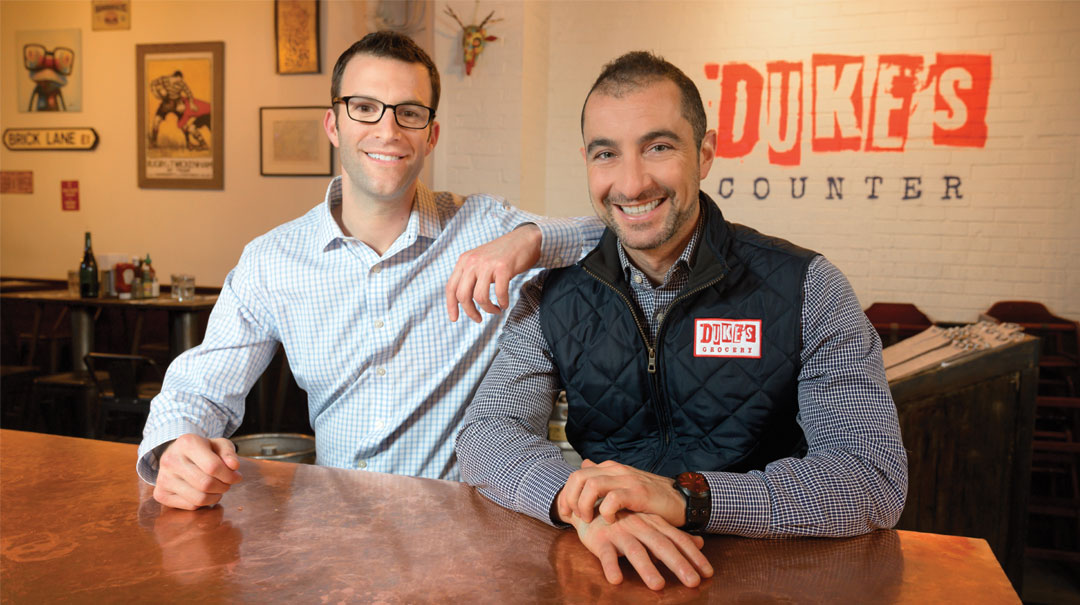Find care now
If you are experiencing a medical emergency, please call 911 or seek care at an emergency room.

If you have to go through a painful surgery and lengthy recovery to repair a knee injury, you want to do everything you can to make sure the surgery corrects the problem. The most important thing you can do is pick the right surgeon and the right hospital for the repair.
That’s what led D.C. resident Daniel Kramer to MedStar Washington Hospital Center’s orthopaedic surgeon Evan Argintar, MD. When Mr. Kramer, 38, injured his knee while playing soccer, he knew he needed medical attention. The first doctor he saw diagnosed a tear in his anterior cruciate ligament (ACL), which stabilizes the knee.
Torn ACLs are the most common knee injuries, caused by sports that involve sudden stops, jumps, or changes in direction. An estimated 200,000 ACL injuries occur nationwide each year, and about half require surgery.
Mr. Kramer knew it was important to seek a second opinion. Fortunately, he also knew Dr. Argintar—they had been fraternity brothers and fellow lacrosse players at Tufts University near Boston. Dr. Argintar examined him, confirmed the diagnosis of a torn ACL, and also determined that he had a torn meniscus.
“I don’t usually operate on friends,” Dr. Argintar says, “but I use a different technique than many other surgeons, and I thought this technique would help him recover faster and lead to a more predictable recovery than conventional surgery, so I made an exception.” The surgery was performed in November 2017.
Dr. Argintar—along with MedStar Orthopaedic Institute surgeons Wiemi Douoguih, MD; William Postma, MD; and Daniel Hampton, MD—are among the few surgeons nationally who use this special technique to repair torn ACLs and other ligaments in the knee, shoulder, elbow, and ankle.
When reconstructing the ACL, surgeons use a ligament from the patient’s own body or from a deceased donor to replace the damaged ACL.
That repair can take up to a year to fully heal and become part of the body. It is most likely to fail at two to three months after surgery, when physical therapy often is most intense.
Dr. Argintar adds a piece of polyethylene—it looks like a shoestring—alongside the new ligament to strengthen the repair. “It’s an internal brace that acts to stabilize the healing ligament during recovery,” he explains.
Study Demonstrates the Technique’s Superiority
Until recently, he had only anecdotal evidence that the internal brace made a difference to recovery. Then he conducted a study of 30 patients who had the internal brace compared to 30 patients who had the traditional surgery, two years after their surgery. Those who had the internal brace reported lower pain scores and faster recovery. A higher percentage returned to their pre-injury level faster, a key indicator of success to Dr. Argintar.
His findings were published in the Journal of Arthroscopy’s July 2019 issue, the first study that demonstrates the superiority of this technique. “The internal brace is a small change that brings a big improvement,” he says. “More predictable, better outcomes lead to happier patients.”
Mr. Kramer is very satisfied with his results. He continues to be athletic, and recently completed a 10-mile race. He is on his feet constantly, managing the four restaurants he owns: two Duke’s Grocery, Duke’s Counter and Gogi Yogi Korean Barbecue, all in Northwest D.C.
“I’m grateful to be able to be all the way back on my feet,” Mr. Kramer concludes. “I’m grateful for the attention I received from Dr. Argintar and his team.”














